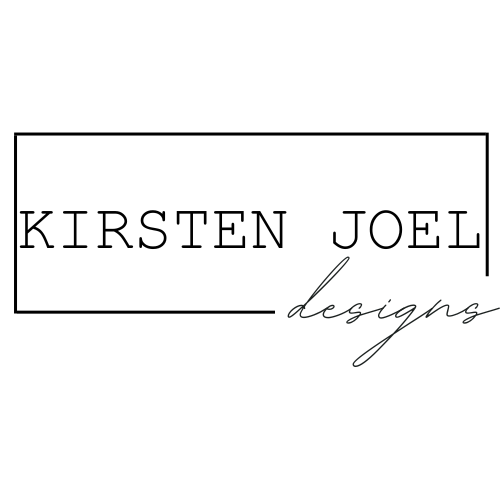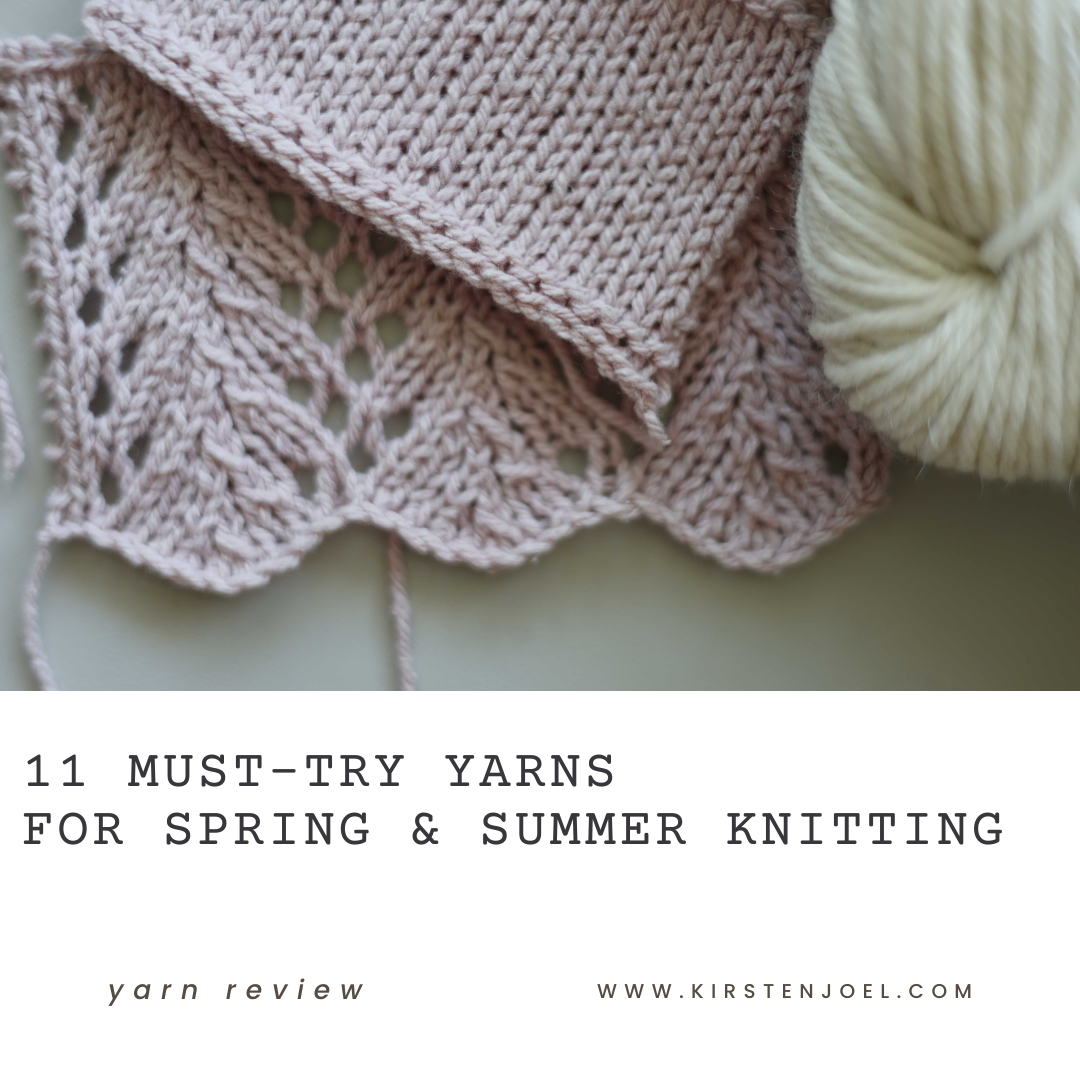The Ultimate Review of the Lykke Driftwood Circular Needles
If you’re in the market for a new set of circular needles, you’ve likely come across the Lykke Driftwood Interchangeable needle set. I found myself tempted to invest in the set, but purchased one fixed circular needle to give it a test drive before making the financial investment in the set. If you’re unsure about investing in the Lykke Driftwood Circular Needles, this post will help you decide.
What are circular knitting needles?
Circular knitting needles have two short needle tips connected by a flexible cable. You can use them to knit projects in the round, or back in forth in rows when working on a lot of stitches. They’re great for sweaters, shawls, and you can even use two at a time in a method called magic loop for small circumference knitting in socks and mittens.
The flexible cable typically comes in lengths between 9” (called shorties) to 60”. My most used lengths are 24” and 32”. If you’re not sure which cable length is right for you, look at the types of projects you knit the most often and the width of the fabric you’ll be creating. For example, I knit primarily garments and my chest is 34”. Most of my patterns are work flat and seamed, so 24” is generally enough space to accommodate my stitches comfortably. If you knit sweaters and have a 52” chest, you might look at a 48” or 60” long cable.
Why and when to use circular knitting needles
Circular needles are well-known for knitting in the round, but there are several other advantages to using a circular needle:
portability: circular needles make taking your WIP with you easier. Your stitches are also less likely to fall off an active project. Bonus points for making knitting on an airplane easier since you don’t need as much elbow room.
comfortability: with circular knitting needles, the cable bears the weight of your project, letting it rest in your lap and putting less strain on your wrists.
efficiency: most knitters tend to knit faster on circular needles
consistency: most knitters notice more consistent gauge when working on circular needles
What materials do circular knitting needles come in?
The most common materials for circular needles are:
Wood: Bamboo, birch, rosewood, driftwood, and more
As I began to knit more and develop a daily knitting practice, I noticed that I was replacing my bamboo needles after knitting only a few projects — either the tips had dulled or split, a few had broken when I accidentally sat on them, or they would get discolored after using a yarn that bled dye. I swapped out my bamboo needles for metal ones and was quite happy with the switch.
Metal: Aluminum, stainless steel, and brass
There are several companies that offer metal needles — Addi/Skacel, Hiya Hiya, and ChiaGoo to name a few — but my favorites are the Addi Turbos. They are made with a nickel-plated brass and make knitting a breeze. They can be more expensive than wood options, but I have to replace them way less often.
Plastic: Resin and acrylic
Carbon Fiber: tend to have a metal tip made from a more traditional metal
Fixed vs. Interchangeable circular knitting needles
Circular knitting needles come in two options. Fixed needles have one cable that connects the two tips. Interchangeable needles screw on and off the cable so you can easily change the cable length and have several needle tips with only a handful of cables. If you’re trying to decide between the two, it really comes down to personal preference. I like fixed needles because I tend to have several design projects going at one time and don’t want to run out of needle tips or cables.
Now for the best part…Who is Lykke?
Lykke (pronounced look-kah) is the Norwegian word for “happiness” and their knitting needles and crochet hooks are handcrafted and assembled in Kathmandu, Nepal. They focus on creating products with high quality materials to create tools that are aesthetically stunning and long-lasting. They put a share of their revenue back into the local Nepalese economy and state a commitment to the people who live and work there.
USING the Lykke Driftwood Circular Knitting Needles
First Impressions
Several years ago, they launched the Lykke Driftwook Circular Needles and I could not take my eyes on them. They were gorgeous. Inky black cables and joins and polished driftwood needle tips combined for a very striking look. My neutral heart sang. Before buying a full set, I ordered two single needles to get a feel for them. Even though I had already made the switch to metal needles, I was intrigued by the driftwood content. The marketing copy promised that the tips would remain sharp and that the cords would be flexible and ideal for regular use. I quite liked that the needle size is etched into the metal join, rather than stamped onto the needle or cord, so the needle size will never rub off.
Using the Lykke Circular Needles to Knit a Shawl
To put the needles through their paces, I started knitting a shawl (soon-to-be re-released) with the US 4 / 3.5mm needles. After a few weeks of knitting the Stockinette stitch base of the shawl I noticed that the tips were already beginning to dull. While the needle was still firm and smooth, the tip was already showing signs of wear. I also could not knit as fast as I could with my Addi Turbos.
While I liked that I could easily see my stitches contrasted against the black cord, I found the cord to be quite stiff. Holding the shawl felt awkward in my hands. I even tried softening the cord in a pot of hot water but it made a minimal difference.
Should you buy the lykke driftwood circular knitting needles?
This really comes down to personal preference but while I understand the aesthetic appeal of the needles and the strength of the driftwood and cord, I did not enjoy using them. The needles are built with quality - the driftwood looks and feels great in the hand, the cord is attached to the needle tips really well, and the cord itself is stable. But the usability just didn’t suit my knitting practice.
Your turn: I’m curious, have you used the Lykke Needles? I’d love to hear your thoughts in the comments below!














